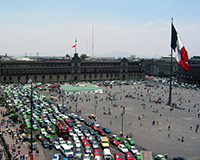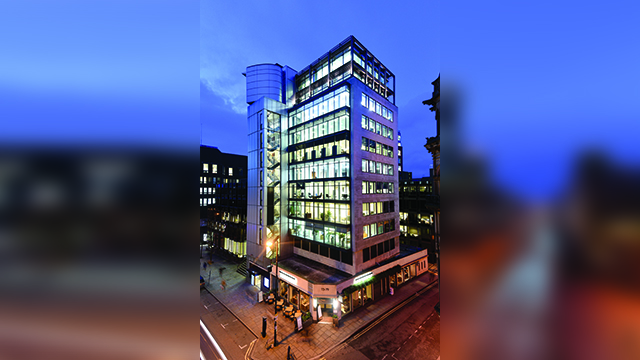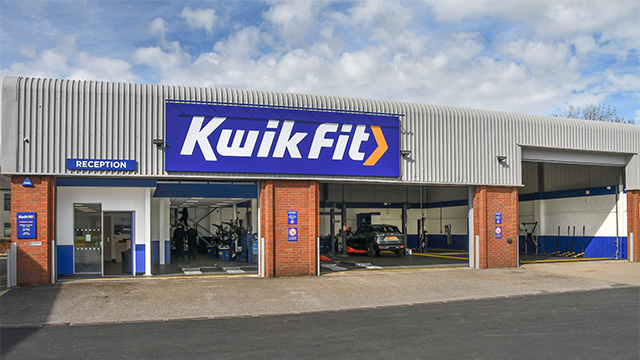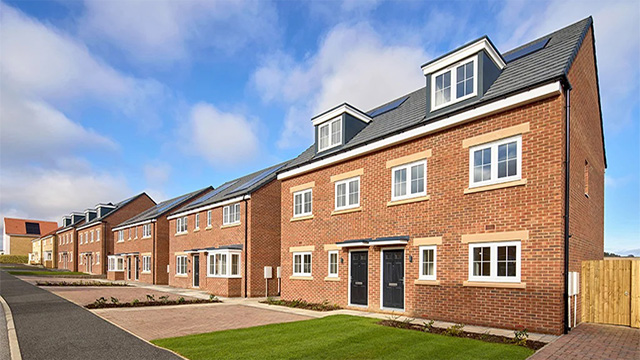 With a strong manufacturing industry, a location next to the US, and a president who wants to boost GDP growth, Mexico offers many opportunities
With a strong manufacturing industry, a location next to the US, and a president who wants to boost GDP growth, Mexico offers many opportunities
The 15th-largest economy in the world and the second-largest in Latin America, Mexico has emerged as a global economic bright spot.
Thanks to its location next to the US and new economic reforms enforced by president Enrique Peña Nieto, the country’s property sector has strengthened significantly over the past three years. And this growth has set it apart from the rest of Central America.
But the Mexican market is still full of complexities, and navigating it is not for the faint-hearted.
“Lots of analysis is required for investors to properly select a category or region for investment,” says Jose Luis Rubi, director of market research at Cushman & Wakefield. “There are good opportunities across all product types and geographies, but they are not obvious.”
So, where are the opportunities for investment in this diamond in the Central American rough? And how can they be more easily pinpointed?
Anticipated growth
Economic activity in Mexico is expected to accelerate through 2017 with GDP growth strengthening from 2.9% in 2015 to 3.5% in 2017, according to data from the World Bank. Continued growth in the US will support a strong performance from the country’s manufacturing sector, whose exports are expected to translate into a gradual recovery of domestic investment and consumption across the border in Mexico.
All this, coupled with a strong dollar compared with the peso, is set to energise Mexico’s golden goose – its industrial sector.
The country has earned international status as a manufacturing mecca, with export industries specialising in the automotive, aerospace and medical technology markets. Growth in these sectors is, in turn, driving property activity in industrial areas such as Querétaro, Guanajuato and Aguascalientes (the “Bajio” region).
As an example, the latter – a strong automotive industry exporter – has posted GDP growth of 11%; the state of Querétaro, a strong aerospace exporter, has grown by 6.4%
Economic confidence is also clear in the retail and leisure sectors. Out of the top 100 developments that are expected to be completed in the next five years, amounting to 37.7m sq m, 14% will be retail developments.
But Xavier Lopez, founder and chief executive of Mexico’s biggest leisure concept, KidZania, thinks that there is still some way to go. “Although recovering this year, we are still far behind the place where I think figures should be,” he says.
Where to look
As with any market, picking the right location is key. Cities near the border with the US such as Monterrey, large cities such as the capital Mexico City, and tourist destinations like Cancun are where the biggest opportunities lie.
And foreign investors should swoop in and get a bargain while the value of the peso is down.
The office market in Mexico City in particular has tripled over the past 15 years. In 1999 the city had 1.6m sq m of office space, but by 2015 it was home to 4.8m sq m, and this total is expected to jump to 7m sq m by 2020.
In central Mexico the industrial market has boomed thanks to the construction of industrial parks for the vehicle manufacturers that make good use of Mexico’s strategic location. Up to 82% of the vehicles produced in Mexico are exported.
Victor Lachia, chief executive of Cushman & Wakefield Mexico, also points to the hospitality sector in Cancun, Maya, Puerto Vallarta and Los Cabos, where hotel development has grown by 15% over the past year in all three cities.
These areas have the added bonus of being comparatively safe. “People are not willing to invest in states where there are drug cartels,” says Lachia.
It should come as little surprise, then, that market growth is stunted in the south near Guatemala where the government and cartels are in
constant quarrels.
“The border between Mexico City and the USA is the strongest market. It is the most active and dynamic because of its size,” says Lachia. “It is important to invest in the right places, and avoid areas where the government has not been able to control the violence.”
Opportunities lie ahead
The Mexican market is on a growth trajectory – albeit with teething problems. But with the right information and careful preparation, Lachia is confident that opportunities lie ahead.
“Forget about the political turmoil, security issues and drug cartels, which have hurt us as a country,” he says. “Our economy is still growing, and 90% of our country offers opportunities for investment.”
Expert advice for investing in Mexico
Guillermo González Frankenberger, real estate partner, Hogan Lovells Mexico
Foreign investors looking at Mexico for real estate investment should consider the local market and legal aspects. Here are the main points to consider:
• As a general rule, foreign investors can acquire real estate only if they agree to the Calvo Clause, by which they will be considered as a national vis-à-vis the property; however, foreign investors cannot directly acquire real estate within a “restricted zone” (within 100km of a country border and within 50km of any coastline) unless done by holding beneficiary rights under a trust created for this purpose and with prior authorisation from the Ministry of Foreign Affairs.
Mexican companies with a Calvo Clause in their by-laws (which is required to allow foreign capital) are able to acquire real estate located in the “restricted zone” as long as this is for non-residential purposes, provided the corporation registers the acquisition with the Ministry of Foreign Affairs; or for residential purposes, subject to fulfilment of certain requirements.
• Although it is common to use option agreements, promissory agreements, private sale and purchase agreements and other real estate-related documents for full ownership, it is necessary (with certain exceptions of low-value acquisitions) to execute a deed before a notary public, which, once executed, must be recorded at the competent Public Registry of Property. Usually the notary public is chosen and paid for by the purchaser. Registry fees are also paid by the purchaser.
• Real estate owners in Mexico pay an annual tax, known as impuesto predial, and it is advisable to verify such payment for the previous five years (statute of limitations). This tax will continue to be payable by the owner of the property.
Any transfer of real estate ownership triggers a tax, usually payable by the purchaser. The exact amount and calculation of this tax depends on the local laws of the state or municipality in which the property is located. But the transfer of ownership of land does not trigger any VAT. It is instead collected when construction starts.
• The local Public Registry of Property issues “lien certificates” stating the recorded liens or third-party rights on the property as at the date and time of issuance. It is recommended to obtain such a certificate as part of the due diligence documents and, through a notary public, obtain one to secure priority on registration of the real estate or any other rights.
• Mexican real estate transactions are subject to local state laws; it is always advisable to perform complete due diligence on liens, utilities, ownership and other matters, as well as seek advice from a Mexican lawyer in order to ascertain any requirements that need to be fulfilled, such as execution before a notary public.
• Mexican real estate transactions are subject to anti-money-laundering laws, which in some cases will require the completion of Know Your Client processes and mean that the property cannot be paid for in cash.










